In 2025, the world’s skylines are defined by soaring towers that seem to touch the clouds. Skyscrapers are no longer just about height—they represent engineering brilliance, cultural pride, sustainability, and urban ambition. From Dubai’s futuristic desert landmark to Kuala Lumpur’s national icon, these towers symbolize human creativity and our constant desire to reach higher.
This blog takes you on a journey through the Top 10 tallest buildings in the world right now (2025). We’ll cover their record-breaking heights, design innovations, architectural stories, and their place in shaping modern cities. Let’s climb skyward and explore these engineering marvels.
10. CITIC Tower (China Zun) – Beijing, China (528 m)
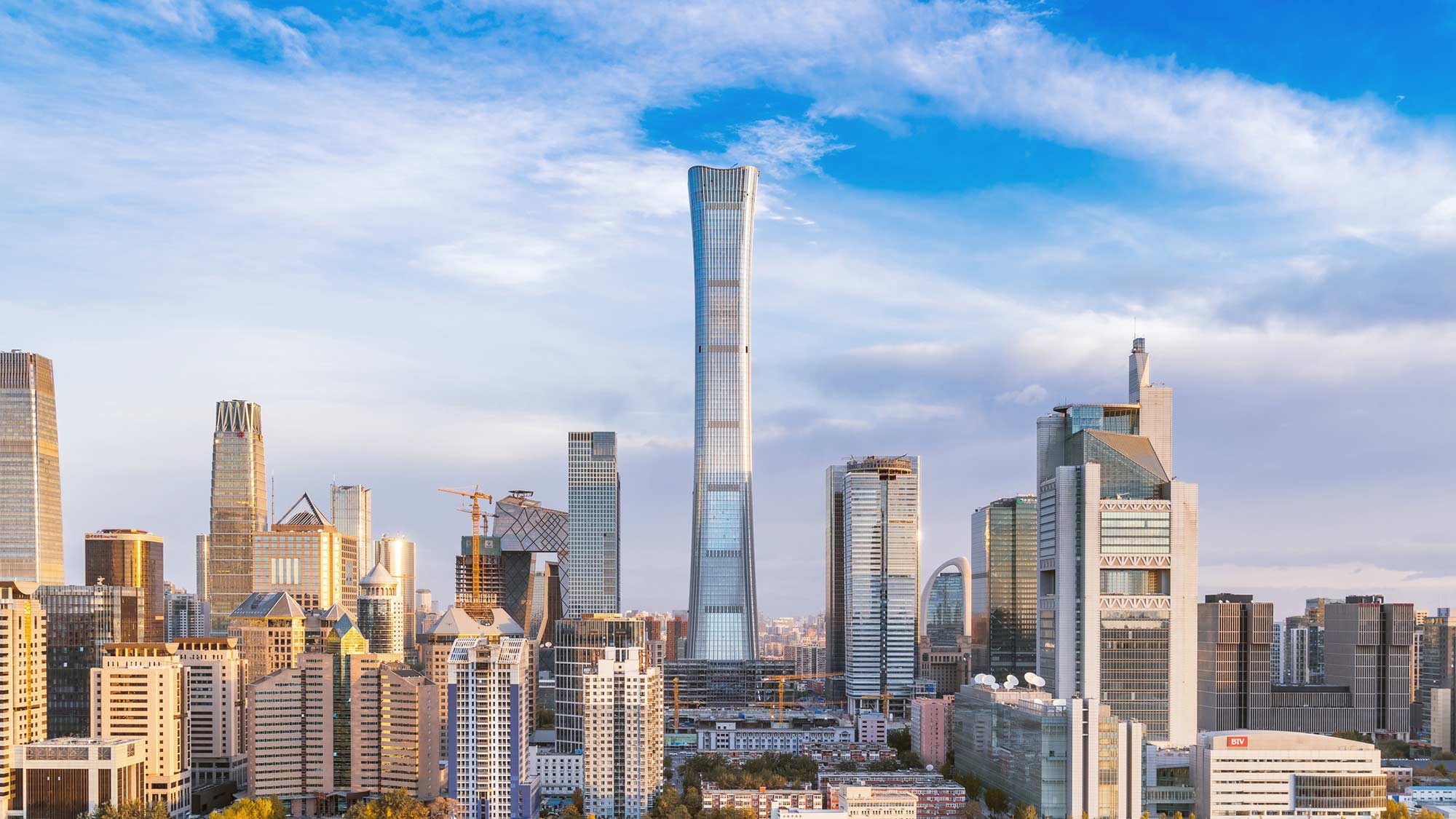
Height: 527 meters (1,731 feet)
Nicknamed “China Zun” for its shape resembling an ancient ceremonial vessel, this skyscraper dominates Beijing’s Central Business District. At 528 meters, it accommodates offices for top businesses and embodies China’s growing economic power.
See Also: Most Expensive Buildings In The World
9. Tianjin CTF Finance Centre – Tianjin, China (530 m)
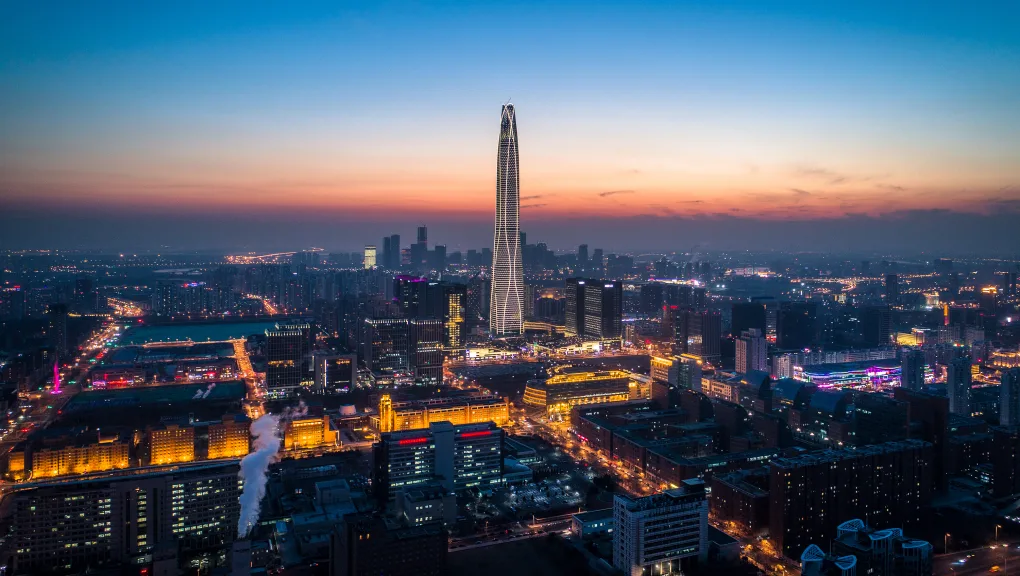
Height: 530 meters (1,739 feet)
With its curving, aerodynamic shape, the Tianjin CTF Finance Centre mirrors modern elegance and engineering strength. It includes high-end residential, hotel, and business spaces. It’s ranks nine among the top 10 tallest buildings in the world.
8. Guangzhou CTF Finance Centre – Guangzhou, China (530 m)
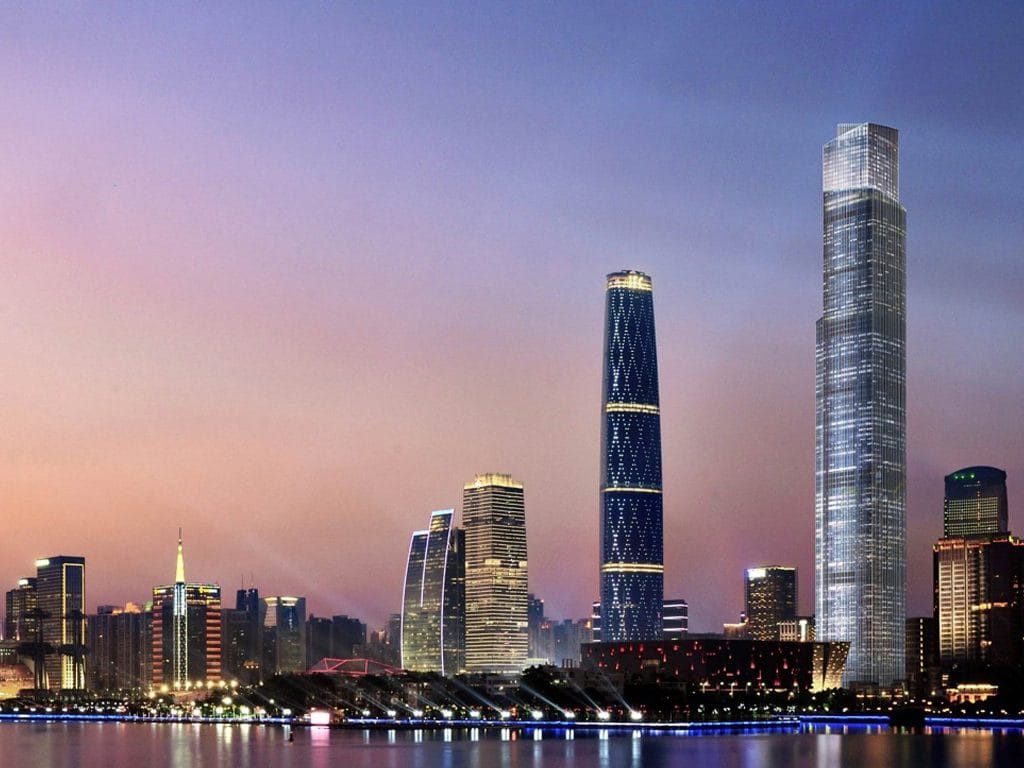
Height: 530 meters (1,739 feet)
The Guangzhou CTF Finance Centre combines luxury hotels, apartments, and offices. Its efficient glass-and-steel design makes it a landmark in China’s financial landscape.
7. One World Trade Center – New York, USA (541 m)
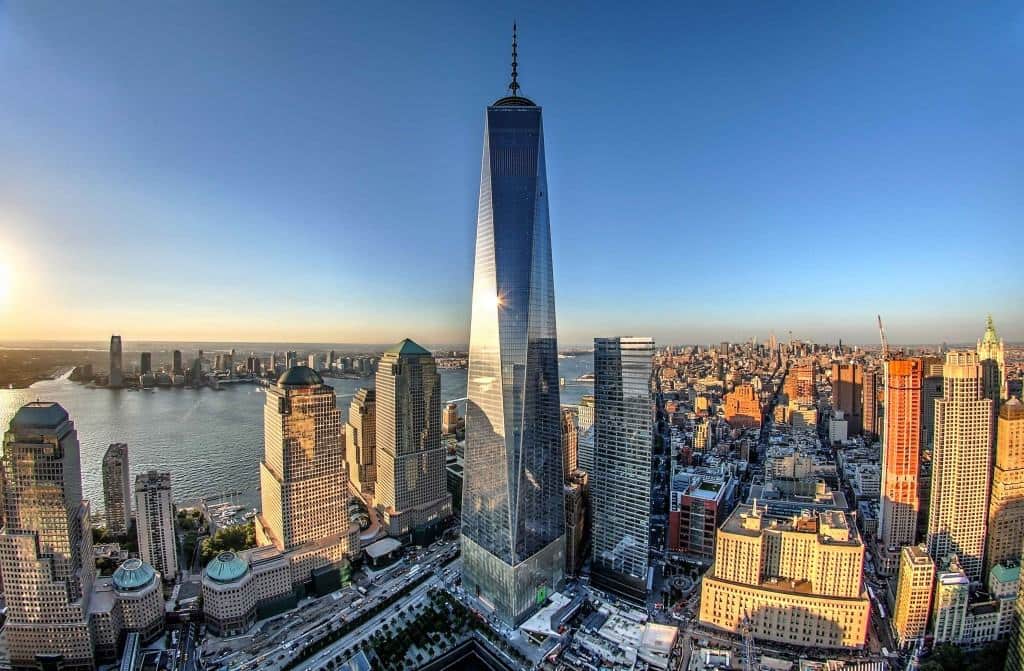
Height: 541.3 meters (1,776 feet)
Also called the Freedom Tower, this 541-meter skyscraper represents resilience and remembrance after 9/11. Its symbolic height of 1,776 feet reflects the year of American independence. It’s ranks seven among the top 10 tallest buildings in the world.
6. Lotte World Tower – Seoul, South Korea (555 m)
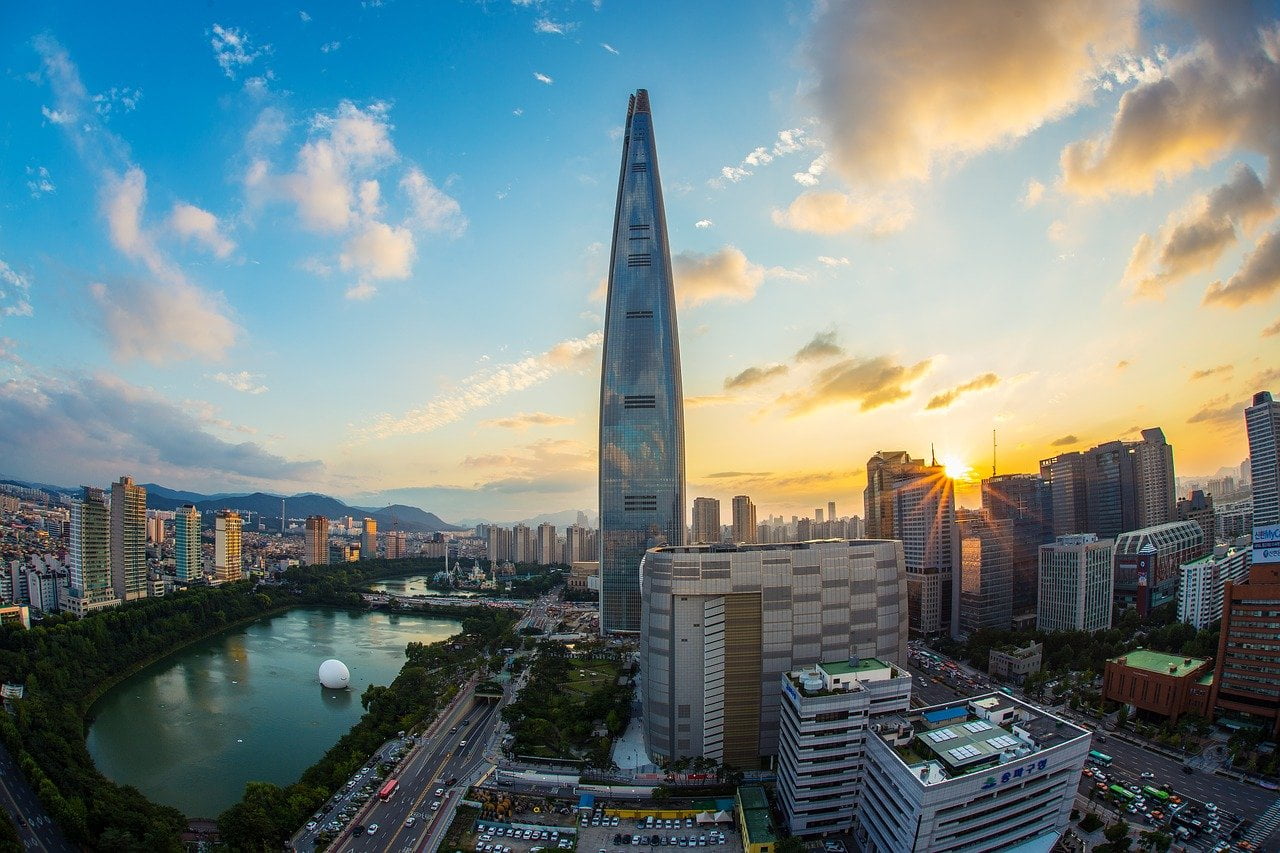
Height: 554.5 meters (1,819 feet)
South Korea’s tallest skyscraper, the Lotte World Tower, houses luxury residences, shopping malls, and a world-class hotel. Its design draws inspiration from Korean ceramics and includes a thrilling glass-floor observation deck.
See Also: Tallest Trees In The World By Species
5. Ping An Finance Centre – Shenzhen, China (599 m)
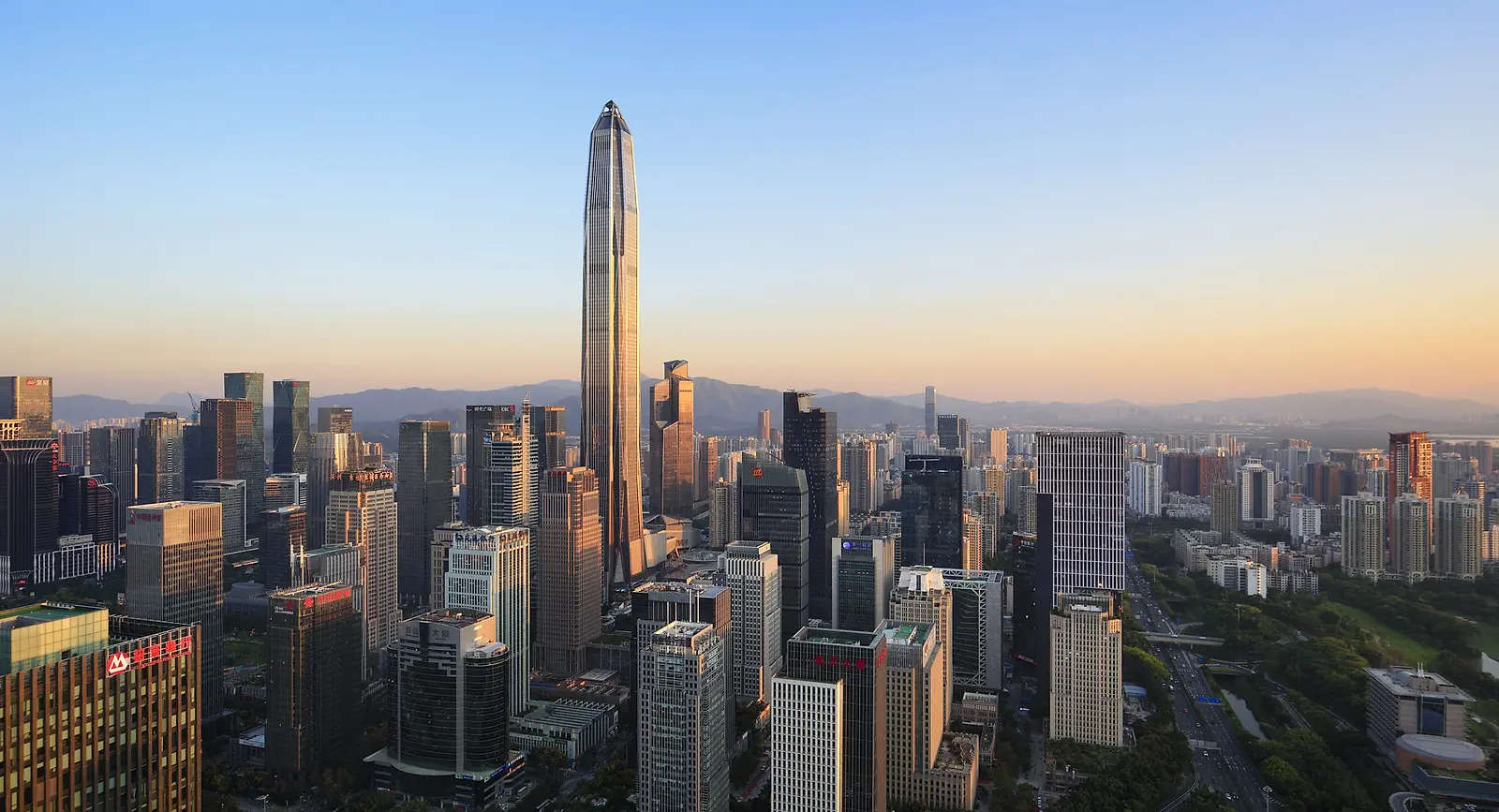
Height: 599 meters (1,965 feet)
The Ping An Finance Centre showcases Shenzhen’s rapid growth as a global financial hub. At 599 meters, it is designed to withstand earthquakes and typhoons while offering one of the highest observation decks in Asia.
4. Makkah Royal Clock Tower – Mecca, Saudi Arabia (601 m)
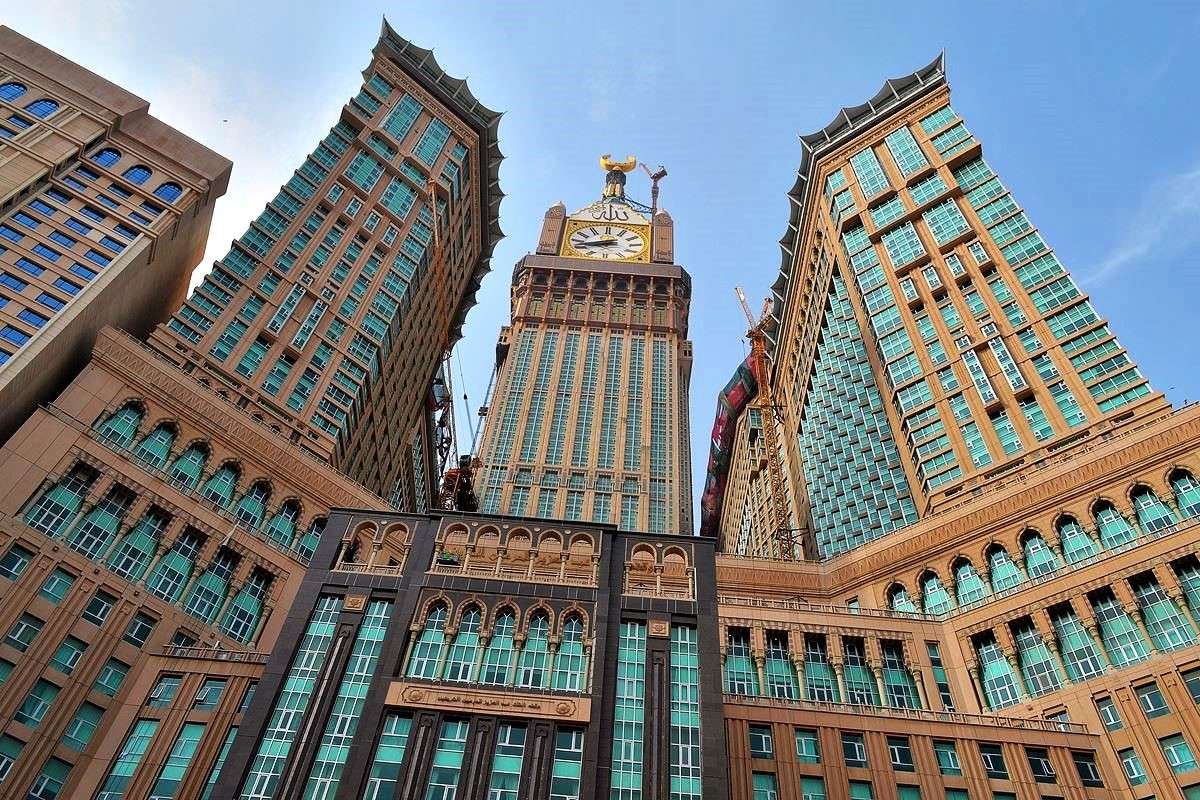
Height: 601 meters (1,972 feet)
Located beside the Grand Mosque, the Makkah Royal Clock Tower is famous for its enormous clock faces—the largest in the world. It provides hotels, prayer halls, and cultural spaces for millions of pilgrims.
3. Shanghai Tower – Shanghai, China (632 m)
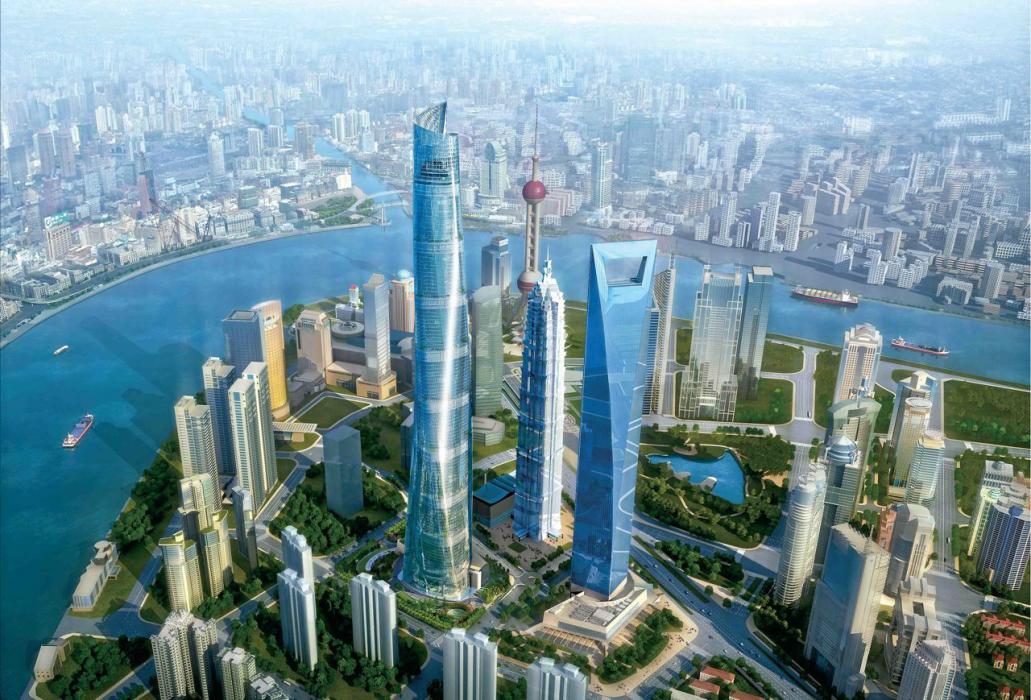
Height: 632 meters (2,073 feet)
The Shanghai Tower is China’s tallest building. Its twisted design reduces wind load and supports sustainability features like rainwater collection and wind turbines. With LEED Platinum certification, it’s one of the most eco-friendly skyscrapers in the world.
2. Merdeka 118 – Kuala Lumpur, Malaysia (679 m)
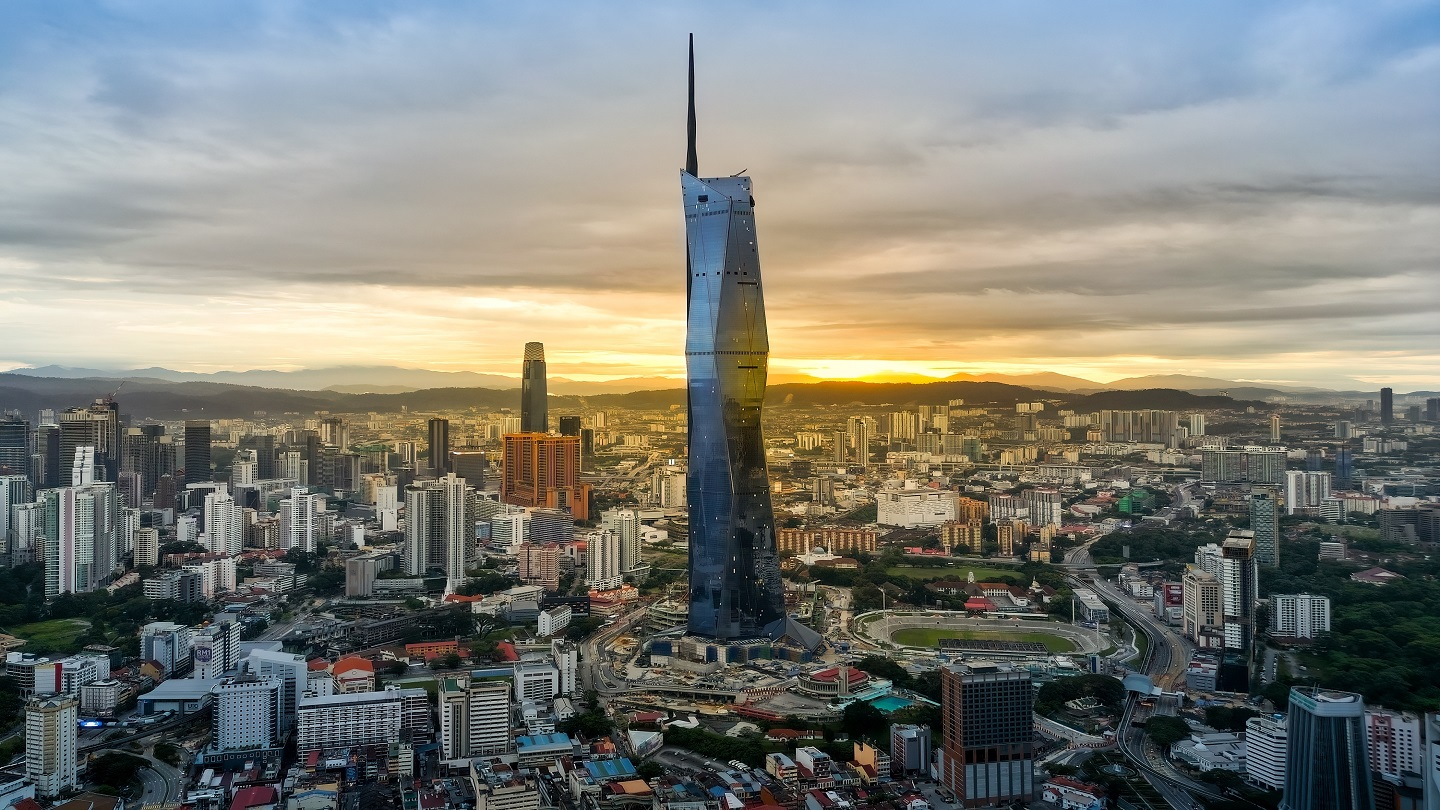
Height: 678.9 meters (2,227 feet)
Merdeka 118 is the second-tallest building globally and the tallest in Southeast Asia. Completed in 2023, it features 118 floors of offices, hotels, and retail spaces. Its name “Merdeka” (independence) honors Malaysia’s history. The observation deck at 566 m is the highest in the world.
See Also: Highest Waterfalls In The World
1. Burj Khalifa – Dubai, UAE (828 m)
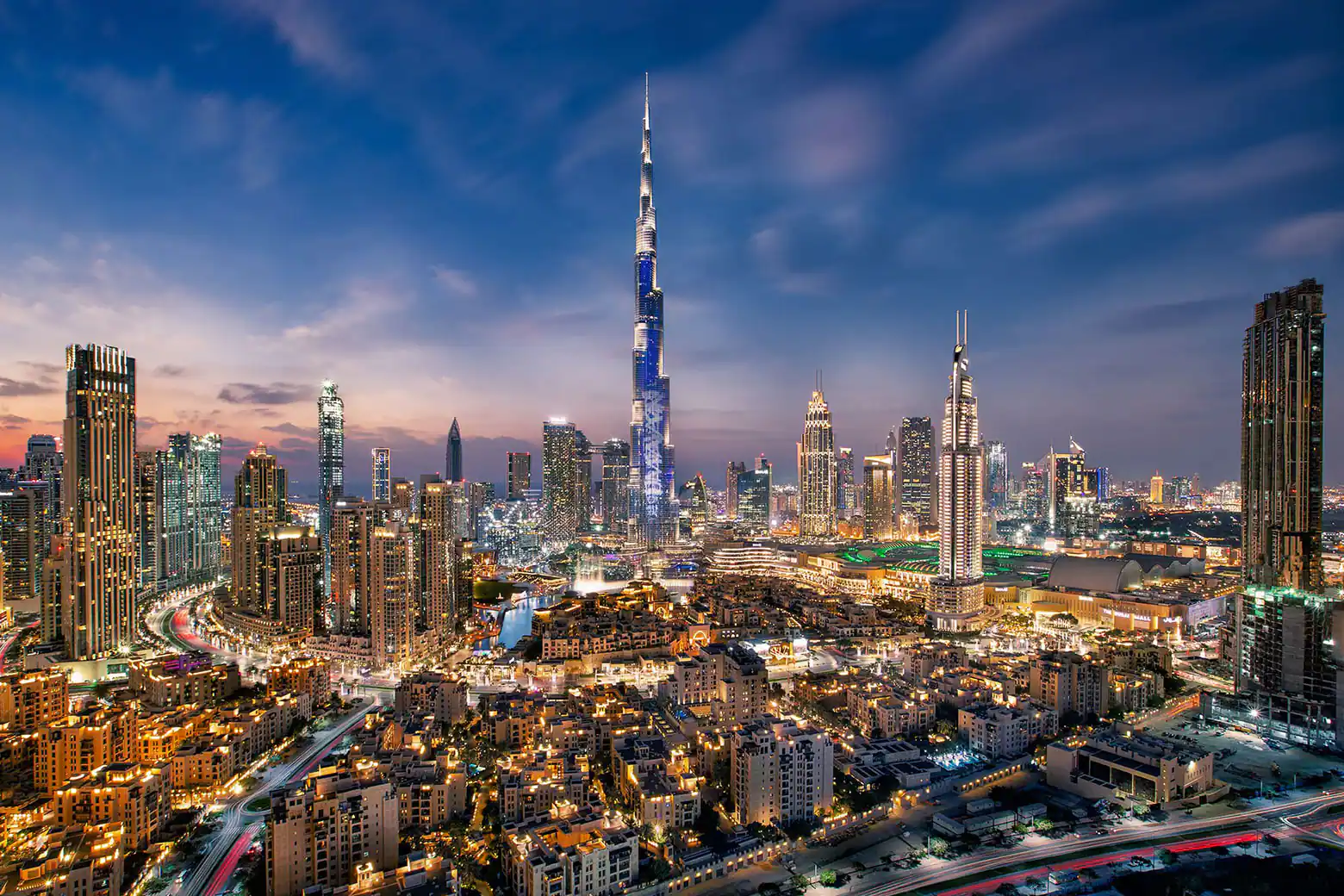
Height: 828 meters (2,717 feet)
Still the undisputed tallest building in the world, Burj Khalifa has been reigning since 2010. Designed by Adrian Smith of SOM, its tapering, spiraling form was inspired by the desert flower Hymenocallis. It houses luxury residences, the Armani Hotel, corporate suites, and the world’s highest observation deck. Its elevator system is among the fastest in the world, and the tower itself is visible from over 90 km away.
Visit the Official Website to explore more about its design, observation decks, and attractions.
Trends & Insights (2025)
Asia’s Dominance
Nine of the top 10 tallest buildings in the world are located in Asia, reflecting the region’s economic growth and urban development ambitions. Cities like Shanghai, Shenzhen, and Kuala Lumpur have emerged as global skyscraper hubs.
Multi-Functional Skyscrapers
Almost all these towers are mixed-use, combining hotels, residences, shopping, cultural spaces, and office hubs. Skyscrapers are no longer just office blocks—they’re vertical cities.
Engineering & Design Innovations
From twisted aerodynamic designs (Shanghai Tower) to reinforced earthquake-resistant structures (Ping An), these towers embody cutting-edge engineering. Many also emphasize sustainability, with eco-friendly certifications and renewable energy integration.
Future Outlook: What’s Next?
While Burj Khalifa continues to hold the crown, the race for the skies is far from over. The Jeddah Tower in Saudi Arabia, projected to reach over 1,000 meters, is under construction and could become the first building to surpass the “one-kilometer” mark—expected to complete later this decade.
Other notable projects include Burj Azizi in Dubai, Goldin Finance 117 in Tianjin, and several futuristic mega-projects planned across Asia and the Middle East.
The trend is clear—buildings are getting taller, smarter, and more sustainable. The future skyline will be shaped by not just ambition but also eco-innovation.
Conclusion
The tallest buildings in the world in 2025 are more than just steel and glass—they are cultural icons, symbols of resilience, and technological triumphs. From the Burj Khalifa’s unmatched height to Merdeka 118’s national pride, and from One World Trade Center’s symbolism to Shanghai Tower’s eco-innovation, each skyscraper tells a story of human achievement.
As upcoming mega-towers rise, one thing is certain: the sky is no longer the limit. Humanity will keep reaching higher, creating skylines that inspire awe and represent progress.
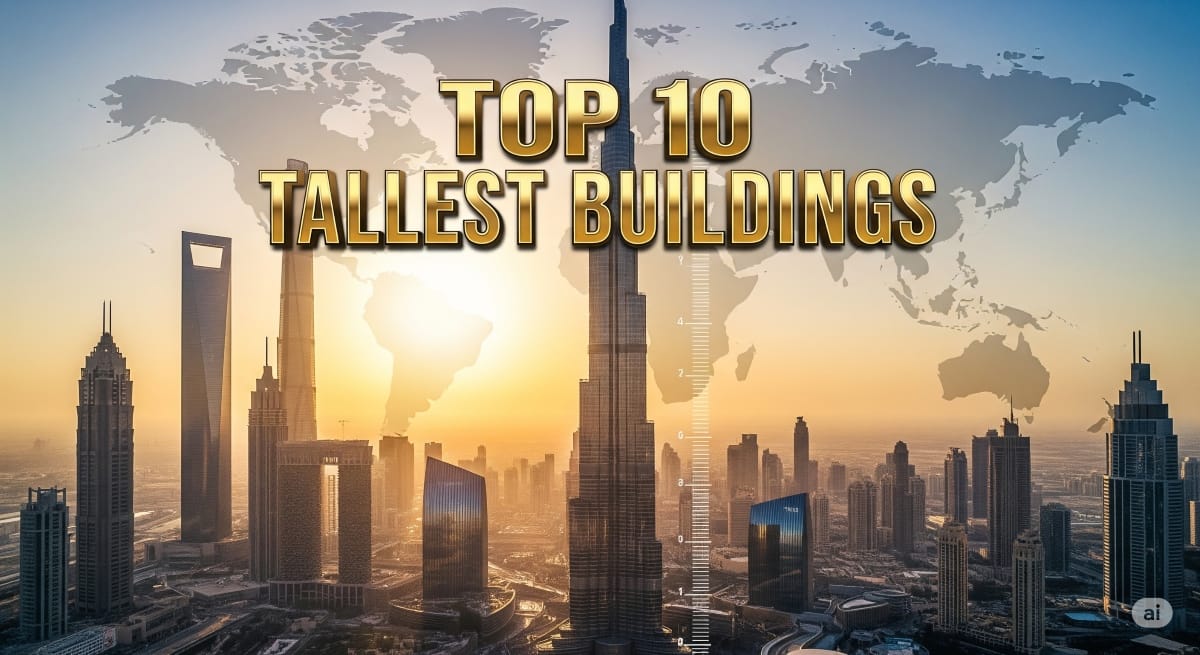


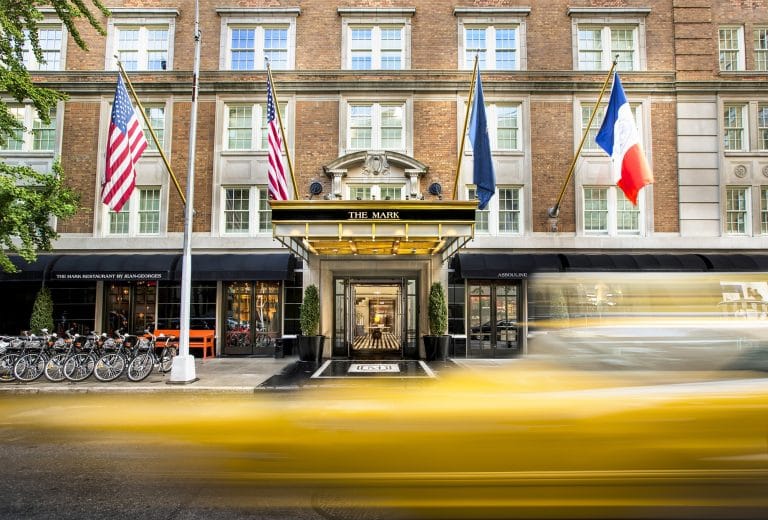
Your article helped me a lot, is there any more related content? Thanks!
I want to to thank you for this excellent read!! I definitely enjoyed every bit of it.
I’ve got you book marked to look at new stuff you post…